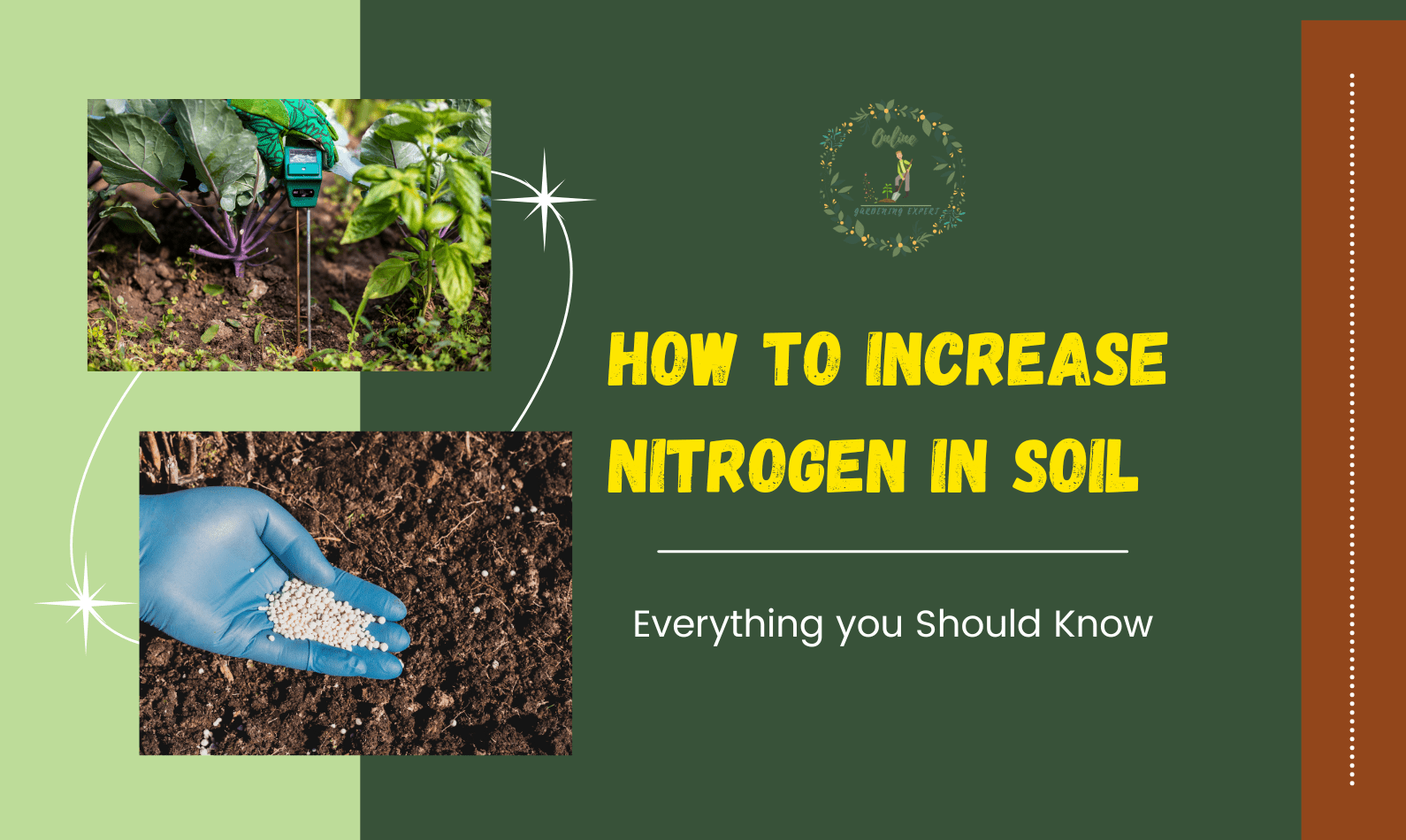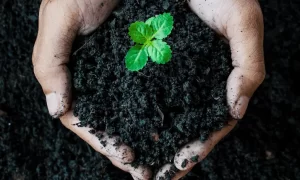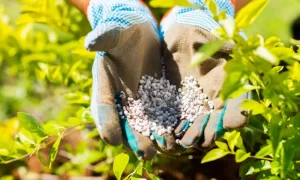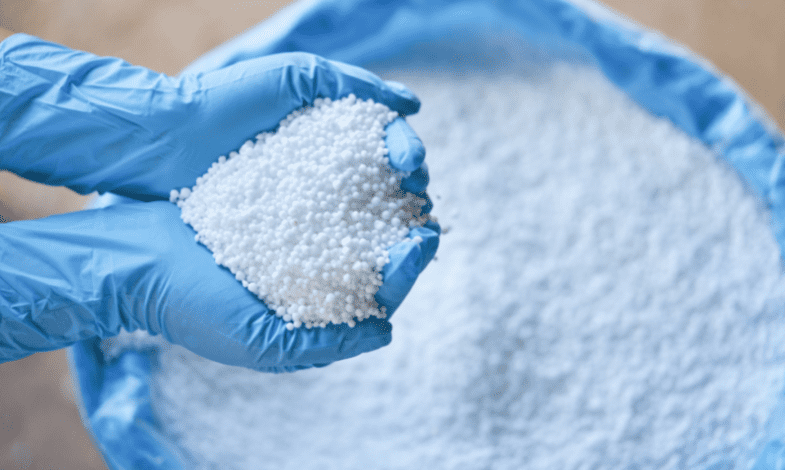Techniques for Increasing Nitrogen in the Soil: The challenge of improving the soil to be cultivated is the first thing that must be done to achieve the desired result. But not all soils are suitable for a particular crop. Farmers rely on specific strategies to improve the soil and increase yield accordingly. For example, in the case of nitrogen, some tricks need to be made or developed. Suppose a piece of land is to yield optimal tillage that considers the environment, the crop, and soil conservation. So, it is a common question among farmers to increase nitrogen in the soil. Or you can ask how to add nitrogen to soil additionally.
In this article, let’s look together to increase the level of nitrogen in the soil to be cultivated.
Contents
- The necessity of Nitrogen in Soil for Plants
- How to Increase Nitrogen in Soil?
- Using Fertilizer correctly in the Garden
- Production of Nitrogen Fertilizers
- Organic nitrogen fertilizers
- Nitrate nitrogen fertilizer
- Ammonia nitrogen fertilizer
- Nitrogen fertilizer in the Urea Form
- Final Thoughts: How to Increase Nitrogen in Soil?
- How can I add nitrogen to my soil cheaply?
- What fertilizer is high in nitrogen?
- Why do plants need nitrogen?
The necessity of Nitrogen in Soil for Plants
You may wonder thinking that why plants need nitrogen . Healthy nutrition is just as important for plants as it is for humans. Because only those who are vital and healthy do not fall ill so quickly. Nitrogen is essential for plants and the engine of growth. It plays a major role in photosynthesis, is responsible for the mass growth of plants, and is an essential building block for enzymes and DNA. A deficiency quickly leads to light green leaves and significantly reduced growth.
Since nitrogen is mobile in plants, the deficiency starts at the lower leaves. The plant withdraws resources for the young, growing leaves and flowers, forgoing old leaves if necessary. An oversupply leads to dark green, almost bluish leaves and, above all, pollutes the soil, as nitrogen not absorbed by the plants is washed out.
How to Increase Nitrogen in Soil?
Using Fertilizer correctly in the Garden
How do you add nitrogen to the soil? Well, through fertilizing. The garden constantly loses nutrients, lawn clippings go to the compost, and fruits and vegetables end up on the plate. Regular fertilizing replenishes the soil’s nutrient reserves. So-called complete fertilizers with the primary nutrients- nitrogen, phosphorus, and potassium are the main meal for plants. Fertilize once, and the plants are taken care of.
However, most people only fertilize by feel – and often overdo it. As a result, many garden soils are oversupplied, especially with phosphate and potassium. Further full fertilizer portions do not benefit the plants but harm the soil. Those who regularly distribute complete fertilizers should occasionally get up the nerve to send in a soil sample for analysis. This applies to newly adopted gardens as well as to existing vegetable beds.
Production of Nitrogen Fertilizers
If you want to know how to increase nitrogen in the soil, you should also know about the production of N-fertilizers. Although nitrogen is present in abundance in the air, plants cannot do anything. It was not until 1910 that the Haber-Bosch process made it possible to bind atmospheric nitrogen in ammonia and process it into water-soluble fertilizer salts. Until then, mineral saltpeter deposits and various organic substances were the only nitrogen sources for plant fertilizers.
Legumes such as peas or beans, broom, and black locusts, are the only plant family that can do what the Haber-Bosch process requires a lot of energy for – they use atmospheric nitrogen. The trick of these plants is a symbiosis with bacteria: Special bacteria colonize the roots, absorbing atmospheric nitrogen and passing it on to the plants. In return, the bacteria receive energy packets in organic carbon compounds from photosynthesis.
Nitrogen fertilizers contain different forms of nitrogen. But whether urea or ammonium, the bottom line is that every form of nitrogen in the soil becomes nitrate, which is the only form that plants directly absorb in large quantities. However, nitrate is also the form that is leached out. Plants can also take up ammonium, but it is bound to soil particles that are mostly safe from plant access. So as long as the nitrogen does not become nitrate, the nitrogen remains in the soil and is not washed out. This is also the reason for the long-term effect of some nitrogen fertilizers. The microorganisms need time to make the nitrogen available to the plants. Blue grain has a high proportion of nitrogen.
Organic nitrogen fertilizers
Organic nitrogen fertilizers consist of horn meal, animal hair, or other natural raw materials that are industrially processed. In addition to nitrogen, they also provide valuable humus, which gets the soil life going and makes for excellent loose soil. Organic nitrogen fertilizers work more slowly but also longer than mineral fertilizers. They are intended for essential supply and are placed in the planting hole or raked under permanent crops. Overdosing is impossible, and the nutrients are not washed out.
Nitrate nitrogen fertilizer
Plants use nitrogen as an essential element, so the crop is affected by the availability of nitrogen in the soil. In fact, nitrogen stimulates growth and increased chlorophyll. Nitrogen is usually absorbed in nitrate form. However, nitrogen fertilizers also contain nitrogen in ammoniacal, urea, and organic forms. Therefore, a technique to increase the level of nitrogen in the soil to be cultivated is nitrogenous fertilizer, but the one in nitric form, even if it is quickly absorbed with a consequent increase of nitrogen in the soil, has the defect of quickly reaching the deep layers with consequent pollution of the water table.
Read more about What type of soil is best for growing plants?
Ammonia nitrogen fertilizer
Ammoniacal fertilizer is transformed into nitric nitrogen more slowly, with the release of the nutrient, and therefore with better utilization. The ions bind to soil colloids more easily. To be used therefore to increase the nitrogen in the soil, for example at the time of sowing, to have the necessary time for transformation.
Nitrogen fertilizer in the Urea Form
What fertilizer is high in Nitrogen? Well, according to a lot of specialists, Urea fertilizer is the one. Urea fertilizer is a technique for increasing nitrogen in the soil to be carried out over a longer or shorter period of time, depending on the temperature. This type of fertilizer resembles the ammoniacal one but has a long persistence. The times can also be very long because the mineralization of the substance also depends a lot on the biological activity of the decomposer organisms.
Final Thoughts: How to Increase Nitrogen in Soil?
When you search for how to increase nitrogen in the soil, it is quite common that you may want to know how to increase nitrogen in soil naturally. The technique to naturally increase nitrogen in the soil is to add beneficial bacteria and fungi. These, decompose dead plants into beneficial plant nutrients. For example, rhizobium bacteria are usually already present in the soil, but using an inoculant is better. This technique brings more nitrogen into the soil for certain crops.
Read more about How to measure soil moisture?
Frequently Answered Questions
How can I add nitrogen to my soil cheaply?
Sprinkle some of the coffee ground around the plant and its soil. Then water the plants. You can also add the coffee grounds to your composting pile and create nitrogen in the process.
What fertilizer is high in nitrogen?
Common fertilizers that are high in nitrogen ammonium sulfate and urea.
Why do plants need nitrogen?
Because Nitrogen is a major component of chlorophyll, which plants use to produce water through sunlight energy.




